Sheet Metal Fabrication Service Processing steps For Sheet Metal Parts - Custom Sheet Metal Fabrication Service Company
10. Assembly. The so-called assembly is to group multiple parts or components together in a certain way to make them into a complete material. One thing that needs to be paid attention to is the protection of the materials, and no scratches. Assembly is the last step in the completion of a material. If the material cannot be used due to scratches, it needs to be reworked and reworked, which will waste a lot of processing man-hours and increase The cost of the item. So pay special attention to the protection of the item.
Sheet Metal Fabrication Service,Galvanized Sheet Fabrication Service,Custom Machining Service ,Cnc Stainless Steel Machining Ningbo Rongna Technology Co.,Ltd , https://www.service-machining.com
1. Design and draw the part drawing of its sheet metal parts, also known as three views. Its function is to express the structure of its sheet metal parts by means of drawings.
2. Draw an unfolded drawing. That is, unfold a part with a complicated structure into a flat piece.
3. Unloading. There are many ways to unload, mainly the following methods:
a. Shearing machine cuts the material. It uses the shearing machine to cut out the length and width dimensions of the expanded drawing. If there are punching and corner cutting, then the punching machine is combined with the die to punch and corner to form.
b. Punch blanking. It is the use of a punch to punch the structure of the flat part after the parts are unfolded on the plate in one or more steps. Its advantages are short labor hours, high efficiency, and can reduce processing costs. It is often used in mass production.
c. NC CNC blanking. When NC blanking, you must first write a Cnc Machining program. That is, use the programming software to write the drawn expanded diagram into a program that can be recognized by the NC CNC machining machine. Let it follow these programs step by step on a piece of iron plate On the top,punch out the structural shape of its flat parts.
d. Laser cutting is the use of laser cutting to cut the structure and shape of the flat piece on an iron plate.
4. Flanging and tapping. Flanging is also called hole extraction, which is to draw a slightly larger hole on a smaller base hole, and then tap the hole. This can increase its strength and avoid slippage. Generally used for sheet metal processing with relatively thin plate thickness. When the plate thickness is large, such as the plate thickness of 2.0, 2.5, etc., we can tap directly without flanging.
5. Punch processing. Generally, punch processing includes punching and cutting corners, punching blanking, punching convex hull, punching and tearing, punching and other processing methods to achieve processing purposes. Its processing requires corresponding molds to complete the operation. There are convex molds for punching convex hulls, and tearing forming molds for punching and tearing.
6. Pressure riveting. As far as our factory is concerned, pressure riveting studs, pressure riveting nuts, pressure riveting screws, etc. are often used. The pressure riveting method is generally completed by a punch or hydraulic pressure riveting machine. Riveted to the sheet metal part.
7. Bending. Bending is to fold 2D flat parts into 3D parts. Its processing requires a folding bed and corresponding bending molds to complete the operation. It also has a certain bending sequence, and the principle is to make the next cut The first fold that does not cause interference will produce the interference back fold.
8. Welding. Welding is the group welding of multiple parts together to achieve the purpose of processing or the edge welding of a single part to increase its strength. The processing parties generally include the following: CO2 gas shielded welding, argon arc welding, Spot welding, robot welding, etc. The selection of these welding methods is based on actual requirements and materials. Generally speaking, CO2 gas shielded welding is used for iron plate welding; argon arc welding is used for aluminum plate welding; robot welding is mainly in-material It is used when the parts are large and the welding seam is long. Such as cabinet welding, robot welding can be used, which can save a lot of tasks and improve work efficiency and welding quality.
9. Surface treatment. Surface treatment generally includes phosphating film, electroplating colorful zinc, chromate, baking varnish, oxidation, etc. Phosphating film is generally used for cold-rolled plates and electrolytic plates, and its function is mainly to plate on the surface of the material. A protective film is applied to prevent oxidation; the second is to enhance the adhesion of its baking paint. Electroplated multicolored zinc is generally treated with cold-rolled plate surface treatment; chromate and oxidation are generally used for surface treatment of aluminum plates and aluminum profiles; its specific surface The choice of treatment method is based on the customer's requirements.
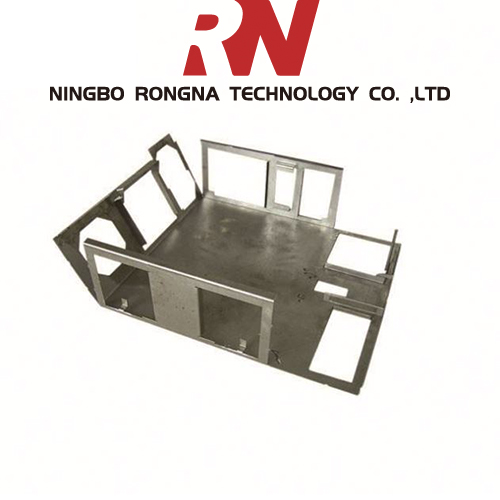
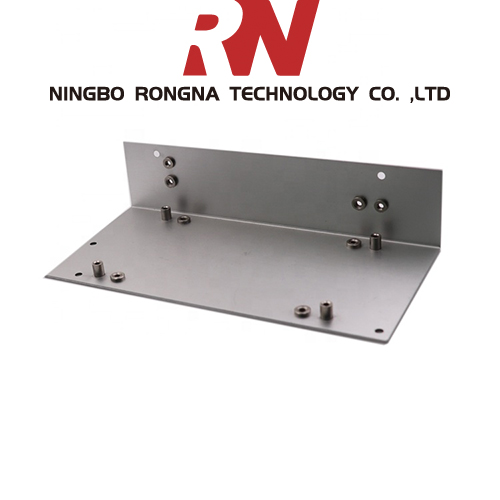
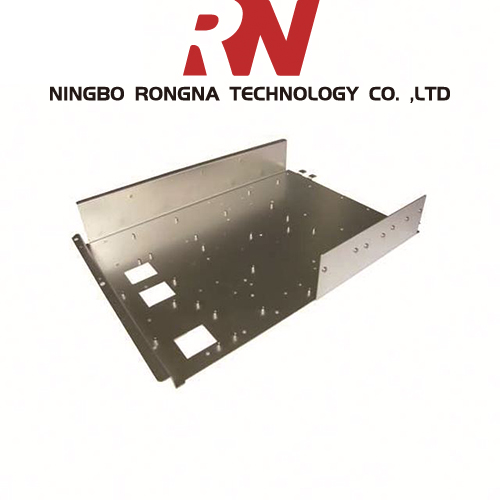
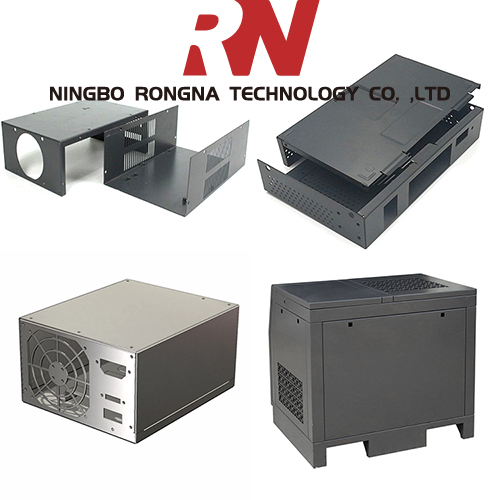
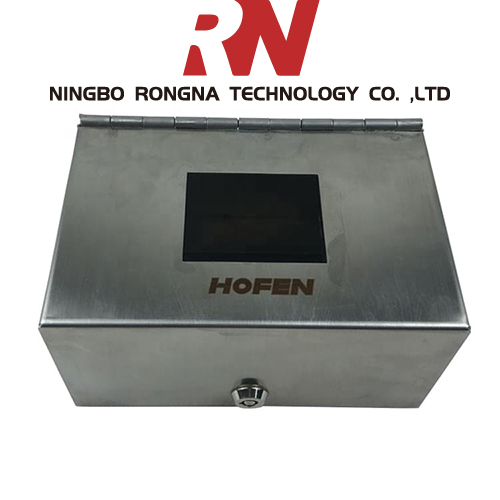
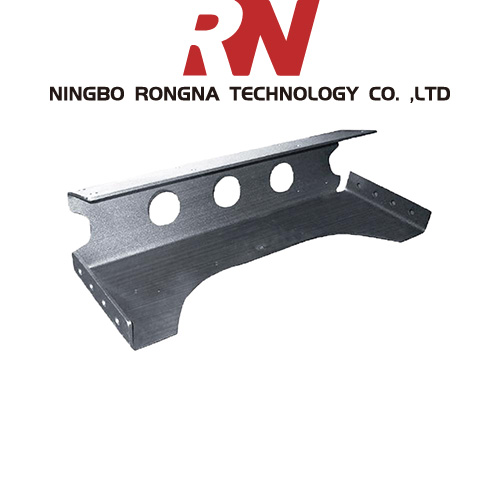
Overview of using tailings to fire cement
Metal mine tailings discharged beneficiation plant is a finely divided, a large quantity of industrial waste, small particle size, and cement raw material particles come first. Therefore, it is of great significance to study and utilize the tailings mainly composed of calcite and quartz as the ingredients of cement raw materials.
The tailings produced by general metal mines are full-grain tailings, also known as raw-grade tailings. The so-called full-grain tailings refer to the tailings produced in the natural grading state that are produced from the mine selection plant and are not graded. When the mine sand is not filled in the mine, the full-size tailings are often graded. The tailings with a particle size of 30-37μ or more are called coarse-grained tailings, while the tailings with particle sizes below 30-37μ are called Fine-grained tailings.
Mines usually dump whole-scale tailings or fine-grained tailings in tailings ponds. Therefore, the study of these two types of tailings as raw materials for cement is of great significance for solving the problem of tailings storage and opening up new materials for building materials.
In 1966, Beijing Institute of Building Materials Science, Fankou Mine, Changsha Mining Research Institute, Changsha Nonferrous Metallurgy Design Institute, and former Beijing Cement Industry Design Institute conducted experimental research on Fankou tailings and achieved excellent results. , experimental research proves:
1. The whole-grade (or fine-grained) tailings containing suitable components can be fired into low-grade cement with good quality downhole cement filling. The strength of the product is up to 100-200 kg/cm for 28 days. Basically can meet the requirements of downhole cement filling.
2. After the tailings containing suitable components are calcined at a certain temperature, they can be used as a mixture of Portland cement, and the amount thereof can reach 15-55%. When 15% of tailings clinker is used as the mixed material, the cement label can still maintain 600; when 30% is mixed, the cement label can reach 500; when 50% is mixed, the cement label is 400. When the blending amount is 15 to 30%, the cement performance is good, and the coagulation and stability are normal.
3. Using the full-grain (or fine-grained) tailings containing suitable components, as the raw material of Portland cement instead of clay , can produce high quality tailings Portland cement with the number 400 or above. The cement has good performance, and the condensation and stability are normal.
The so-called tailings Portland cement refers to the clinker which is mixed with the appropriate amount of tailings and the appropriate amount of limestone , then burned to partial melting to obtain calcium silicate as the main component, and then added with appropriate amount of gypsum to form fine powder. A hydraulic cementitious material.